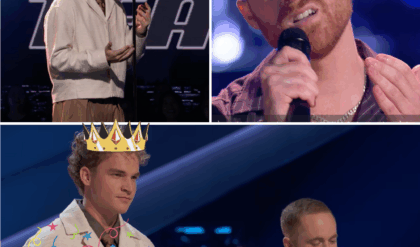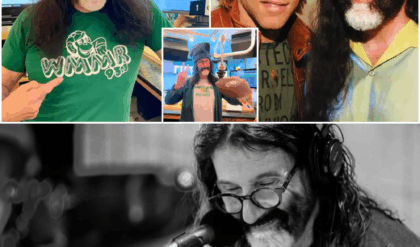Although they’re both based on video games, The Last of Us and Fallout are very different types of adaptations.
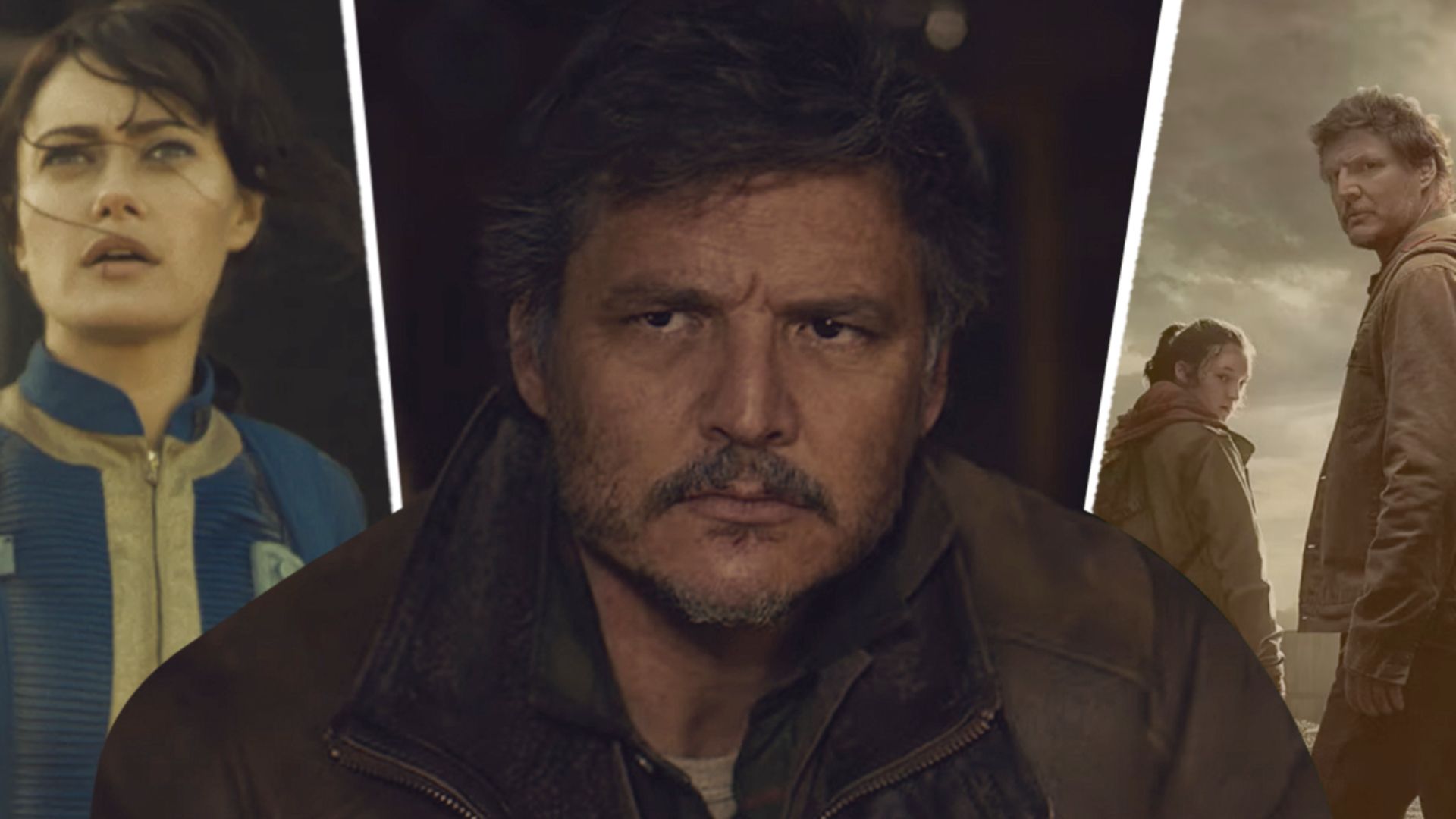
When a new genre of TV show is released, fans always compare it to the most successful example of that format. Almost every big-budget, sword-swinging series since 2011 has been compared to Game of Thrones at one point in time (the current contender is FX’s Shogun). The same applies to video game adaptations, with Prime Video’s Fallout the latest in the recent boom of episodic adaptations.
After 30 years of terrible live-action video game adaptations (starting with Super Mario Bros. in 1993), HBO’s The Last of Us cracked the code in 2023, bringing Naughty Dog’s acclaimed video game series to life. The show received stellar reviews from critics and won eight Primetime Emmys. Prime Video’s Fallout received similar reviews from critics and, as was expected, was immediately compared to HBO’s The Last of Us. However, comparing the shows does a disservice to both and ultimately undermines the work put into adapting each show from their respective video games.
Fallout and The Last of Us Are Very Different Types of Video Games
Prime Video’s Fallout and The Last of Us share many similarities. Both are based on critically acclaimed, award-winning video game franchises. Both feature incredible casts and are helmed by incredibly talented writers, producers, directors, and showrunners. Their respective video games also share some similarities, namely their post-apocalyptic settings and the inclusion of zombie-like creatures. However, that is where the similarities between the two stop.
Naughty Dog’s The Last of Us is a linear, survival-based horror game. Players switch between Joel and Ellie across a tightly written, single-thread narrative that confines players to the parameters of its main plot. Meanwhile, Bethesda and Obsidian’s Fallout games take place in sprawling, open worlds, with RPG (Role Playing Games) elements that bestow narrative freedom on the players.
Fallout players create their own characters and dictate their own stories by choosing dialogue options and selecting which factions and characters to side with in a game with a multitude of different endings. This isn’t to say that either game is better than the other because of its narrative and gameplay structure. However, adapting each game into an episodic series is vastly different because of their gameplay style.
The Last of Us‘ confined, linear narrative (roughly told over 14 hours) feels like it was tailor-made for a television adaptation. The game’s story structure, spread over 12 chapters, can be directly translated into an episodic format. The show’s creators, Neil Druckmann and Craig Mazin were then tasked with manipulating the story (adding and removing necessary elements) to better fit the structure of a 9-episode series.
In some regards, adapting The Last of Us is akin to adapting a popular novel, albeit with added visual references. Meanwhile, Fallout‘s open-world and open-ended storytelling posed potential problems for Graham Wagner, Geneva Robertson-Dworet, and Jonathan Nolan. Were they to directly adapt any of the games’ stories, it would risk excluding a large portion of the fan base who may have taken that game’s narrative in a different direction – especially considering the show is canon within the franchise’s lore. As a result, the creative trio created a completely original story with brand-new characters set in the same universe as the games.
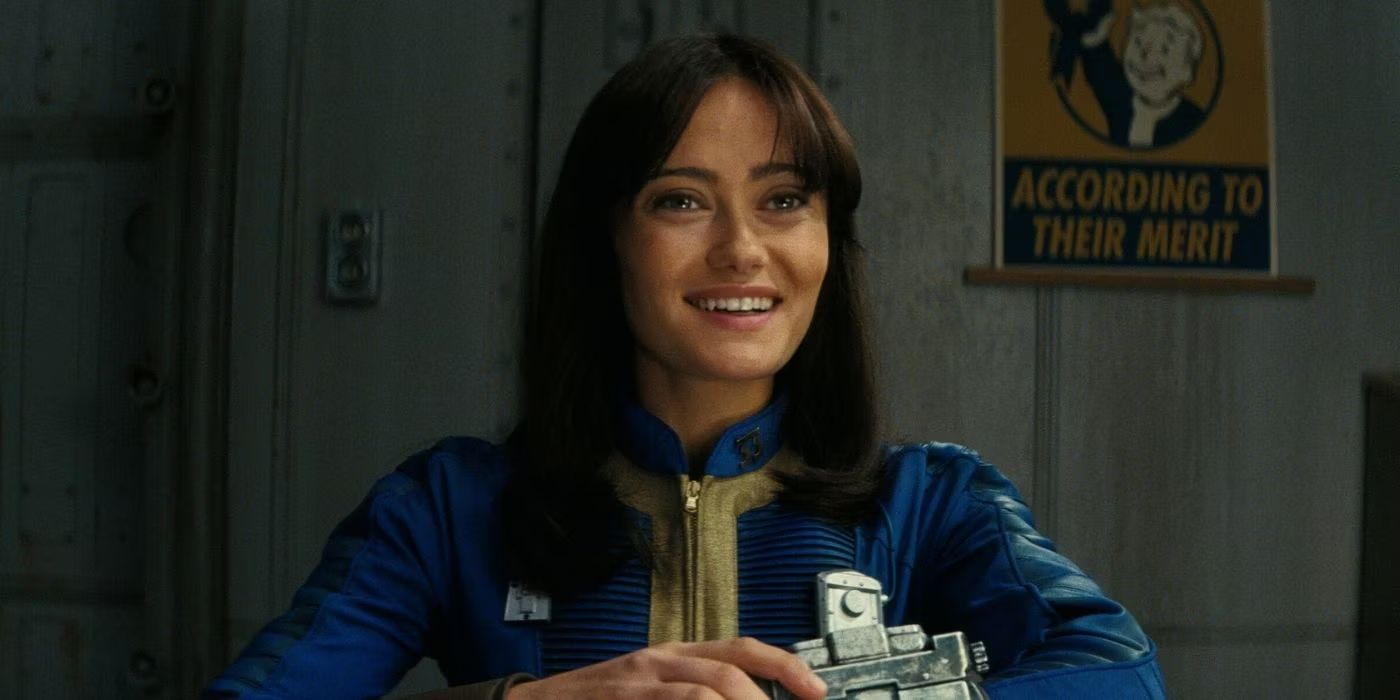
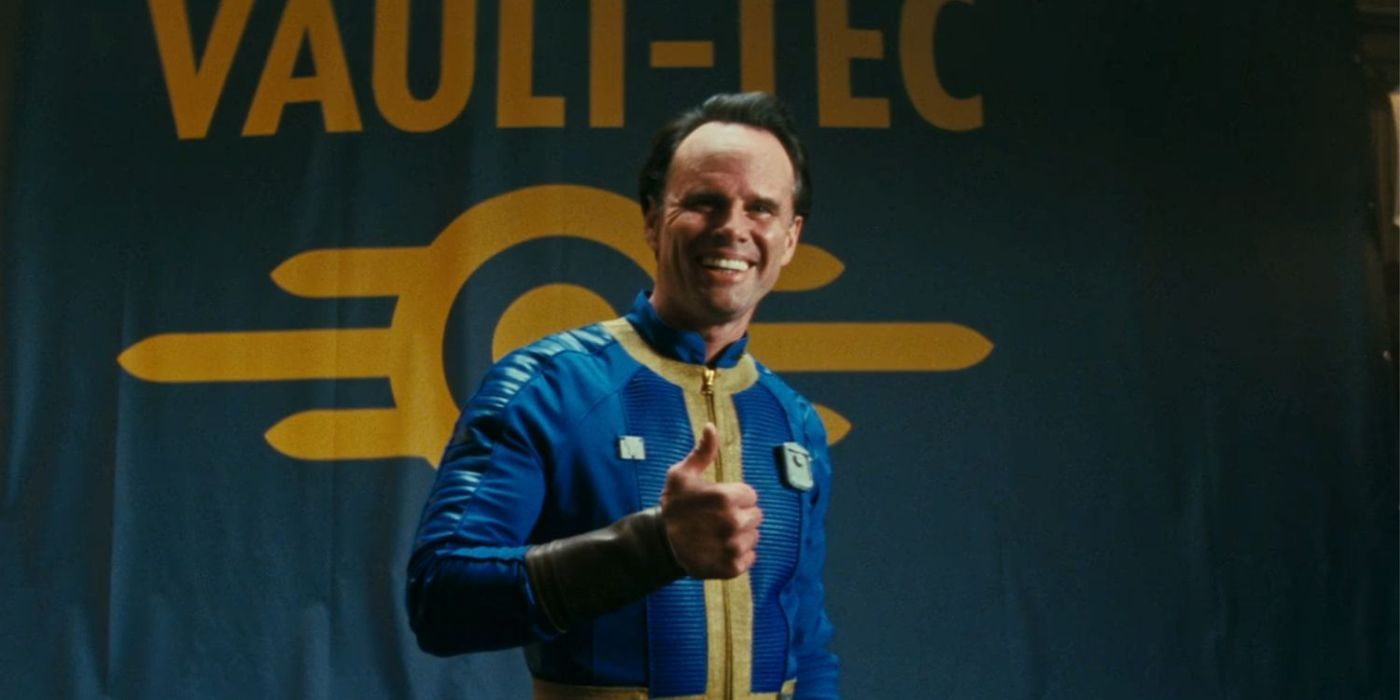
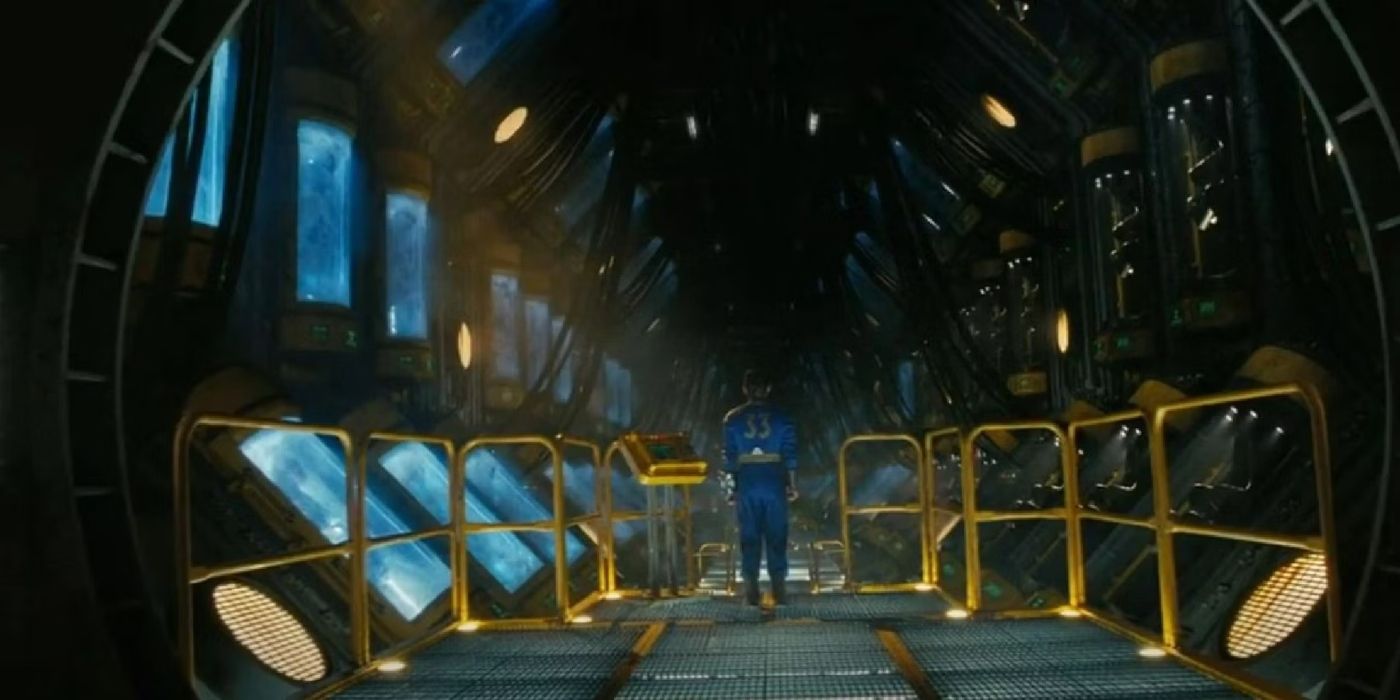
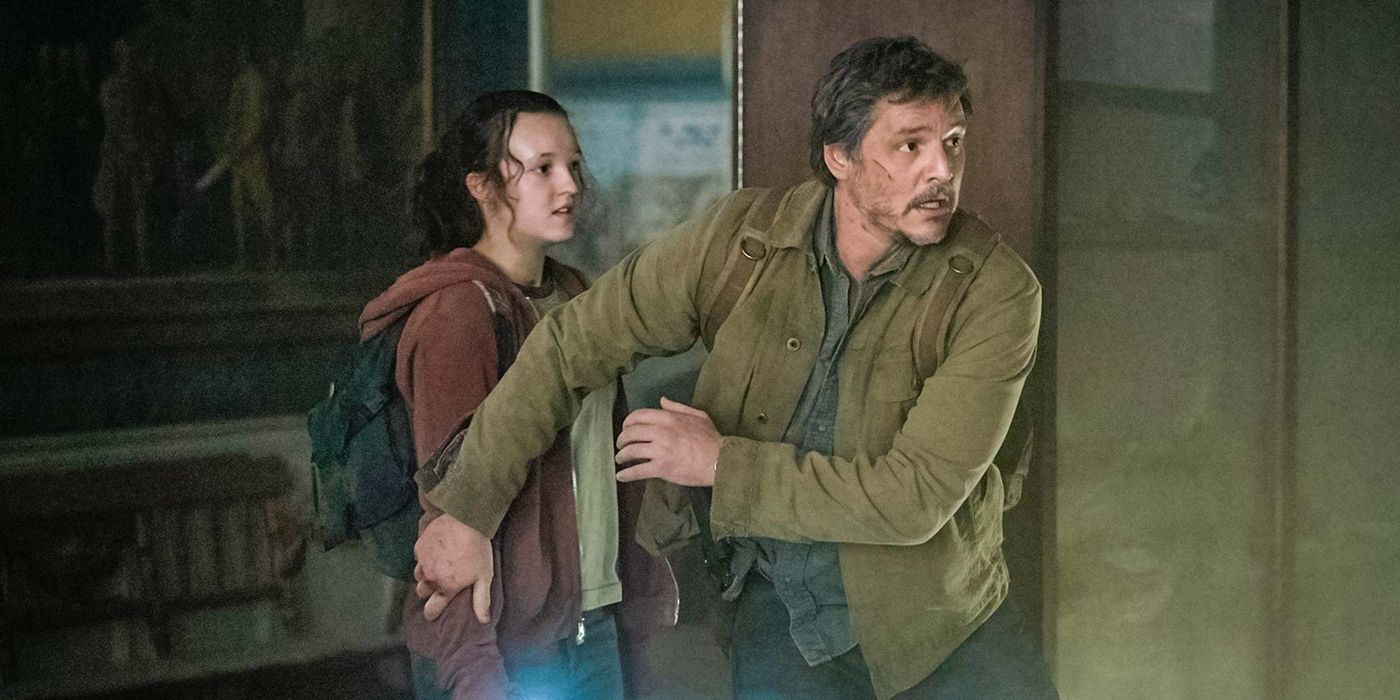
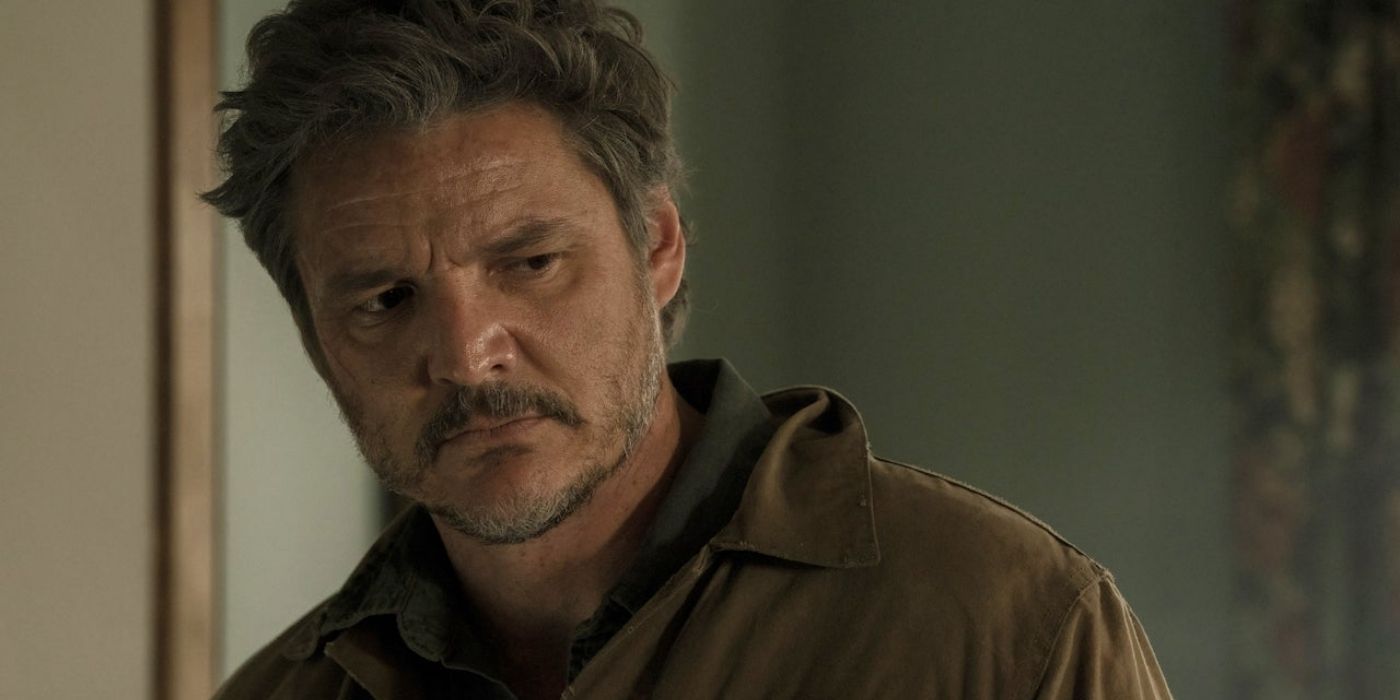
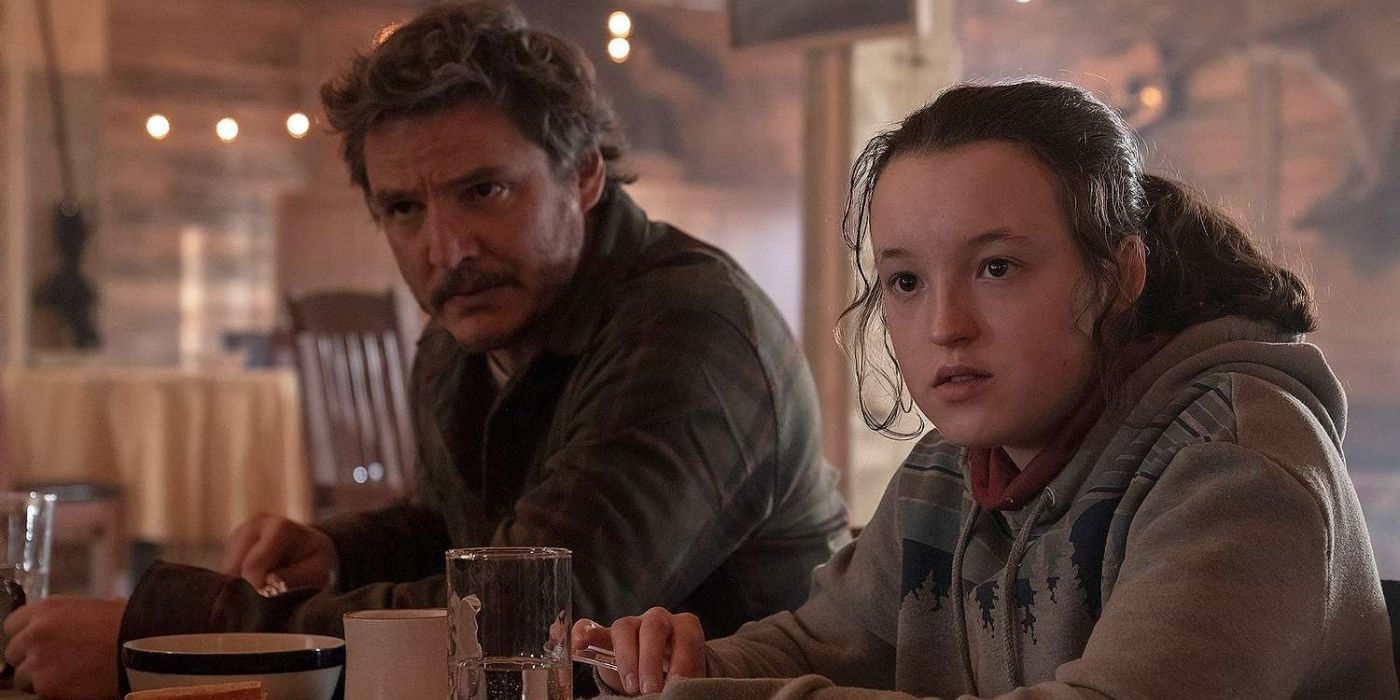
As a result, attempting to compare both shows from the perspective of their success at adapting their respective games is as futile as it is unfair to their creative teams. Many scenes and even lines of dialogue in The Last of Us are taken one-for-one from the video game. Meanwhile, Fallout could take visual cues and design concepts from the games but had a blank canvas (albeit within the confines of the games’ past lore) to create a new show. Both processes have pros and cons, and comparing the quality of both shows is like comparing their video game counterparts against each other.
However, while comparisons between the two shows are unfair, Fallout‘s creative team isn’t ignorant about the success of The Last of Us and how it opened the door for their adaptation. Jonathan Nolan praised HBO’s series and addressed how it has changed the future landscape of video game adaptations. Nolan said, “When Todd [Howard, Fallout‘s developer] and I first sat down for lunch, the bar was not only not high, it was nonexistent — especially in the TV space… But when somebody makes something as good as The Last of Us, it makes it easier, because suddenly everyone understands what’s possible.”
Fallout and The Last of Us Have Set Up More Video Game Adaptations
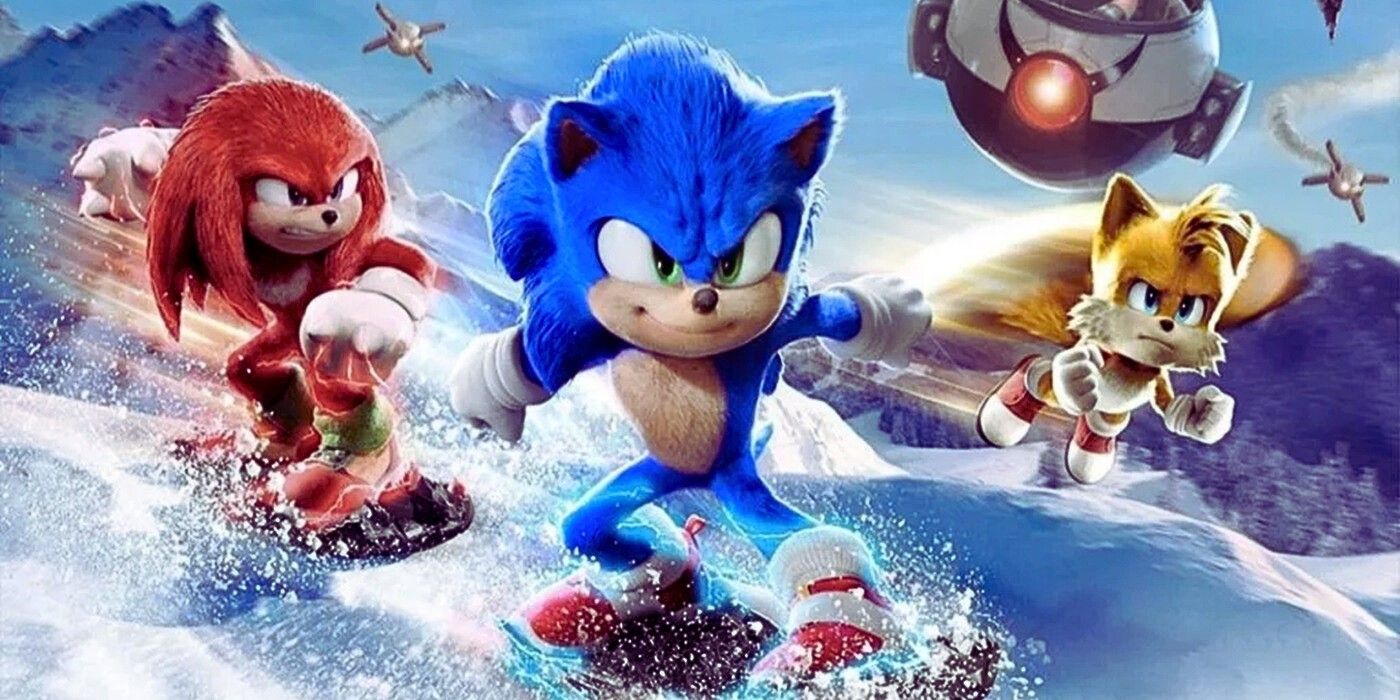
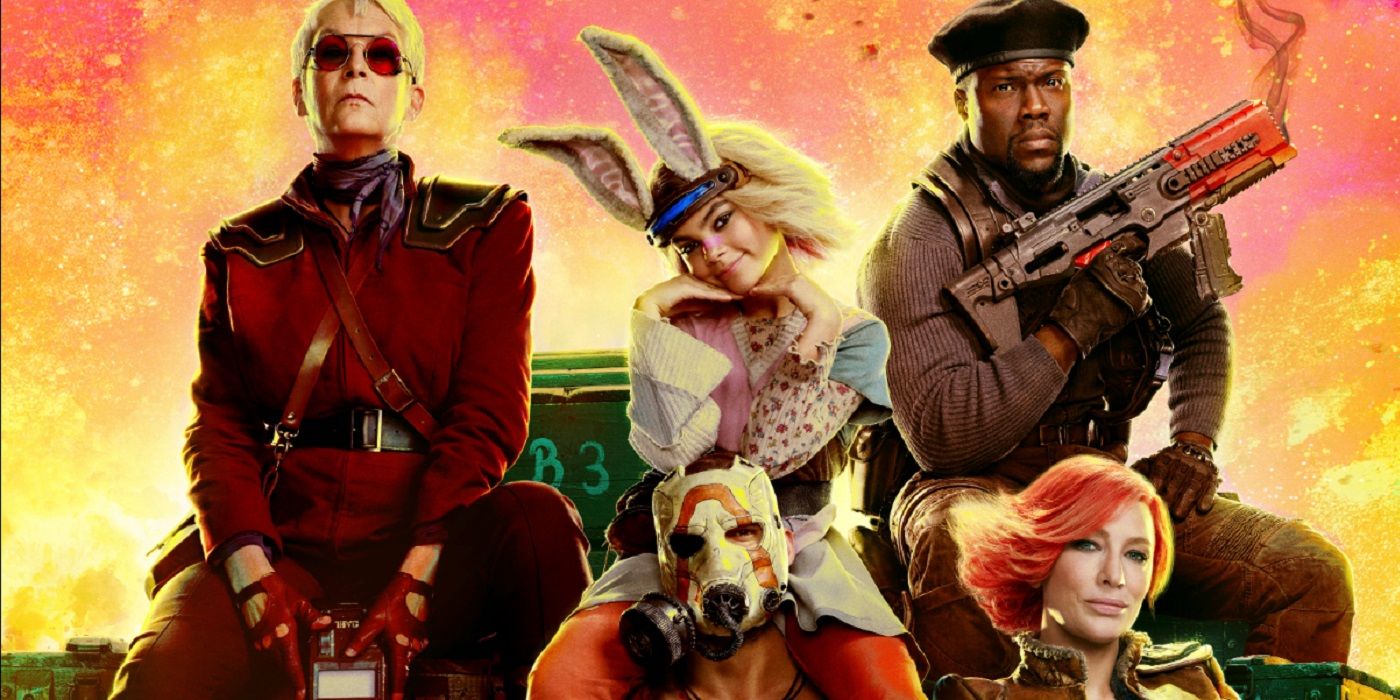
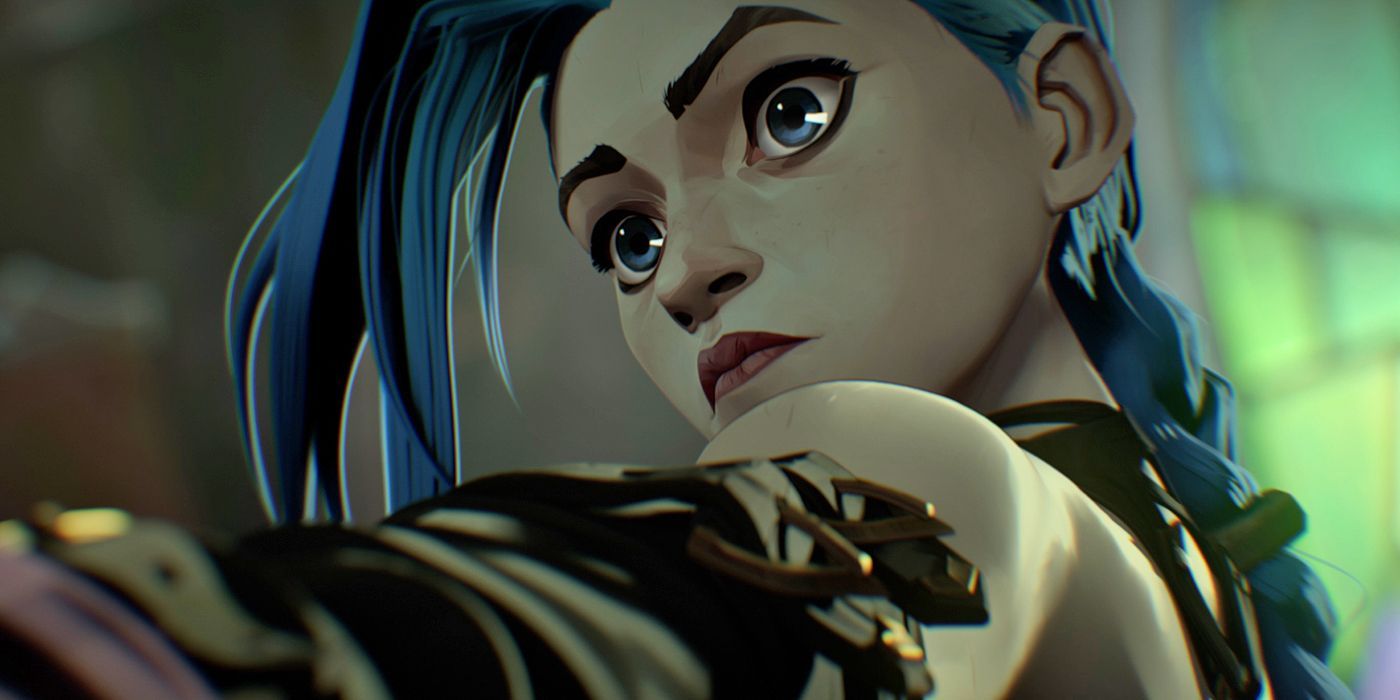
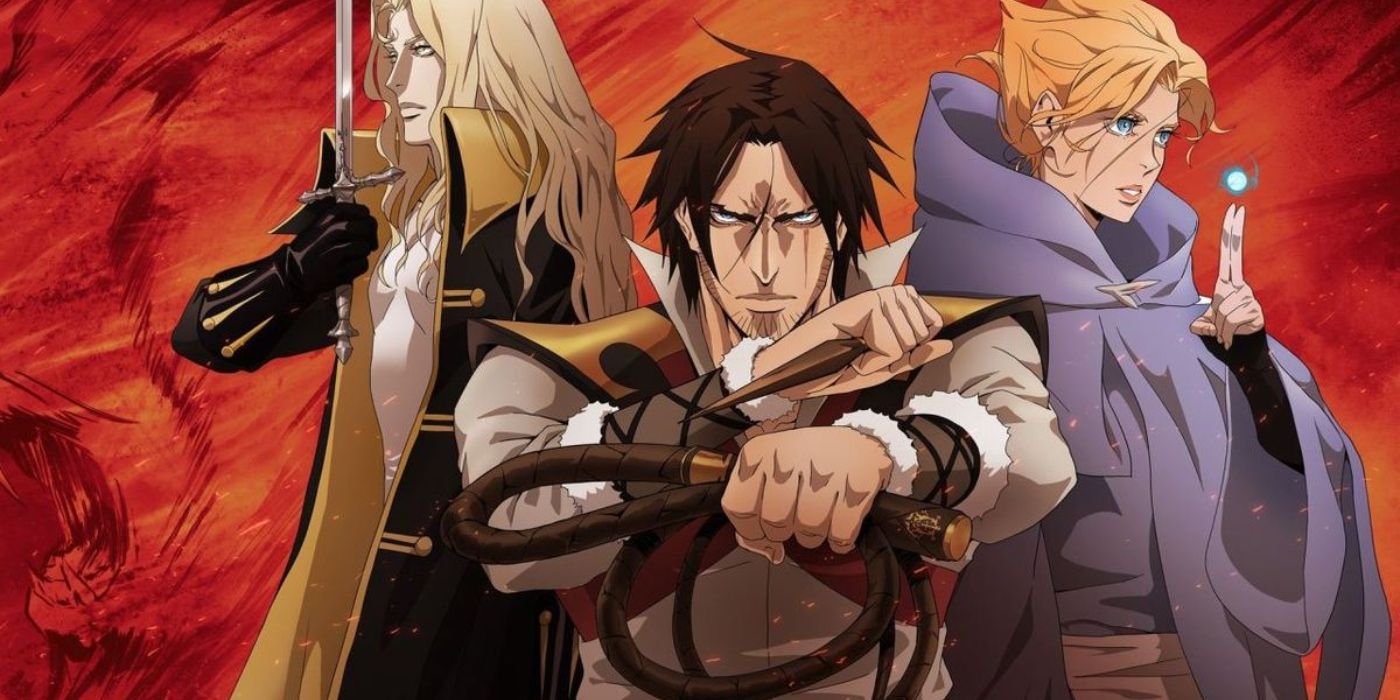
Whether you preferred HBO’s The Last of Us or Prime Video’s Fallout or liked both shows equally, they have left a lasting impression on the future of video game adaptations. For years, fans had thought TV was the perfect format for video game adaptations, considering their mission-based structure, and shows like The Last of Us and Fallout have proven this to be true.
Of course, new movies like the Sonic the Hedgehog franchise, and the new Super Mario Bros. Movie have proven that video game movies can work, transforming these games into episodic shows has a much higher success rate. Even before The Last of Us, Netflix had tremendous success adapting the beloved Castlevania franchise into an animated show. They quickly followed this up with Arcane, based on the League of Legends game. Their most recent success is Cyberpunk: Edgerunners, an anime tie-in to CDProjektRed’s Cyberpunk game.
As you might expect, following The Last of Us and Fallout‘s success, a whole host of new video game adaptations are on the way. Some have been in the works for a while, like Paramount+’s Knuckles series, which follows from the success of the Sonic the Hedgehog movies. Others were announced in the wake of The Last of Us‘s success, like Prime Video’s hotly anticipated God of War series.
Fallout won’t be the only video game adaptation released in 2024, either. Alongside the Knuckles series, Season 2 of Netflix’s Arcane is expected to release in November. Netflix’s animated Tomb Raider: The Legend of Lara Croft is also slated to release later this year. In the realm of feature films, Borderlands and Sonic the Hedgehog 3 are also scheduled to hit theaters this year. Fallout is streaming now on Prime Video. The Last of Us is streaming on Max.

